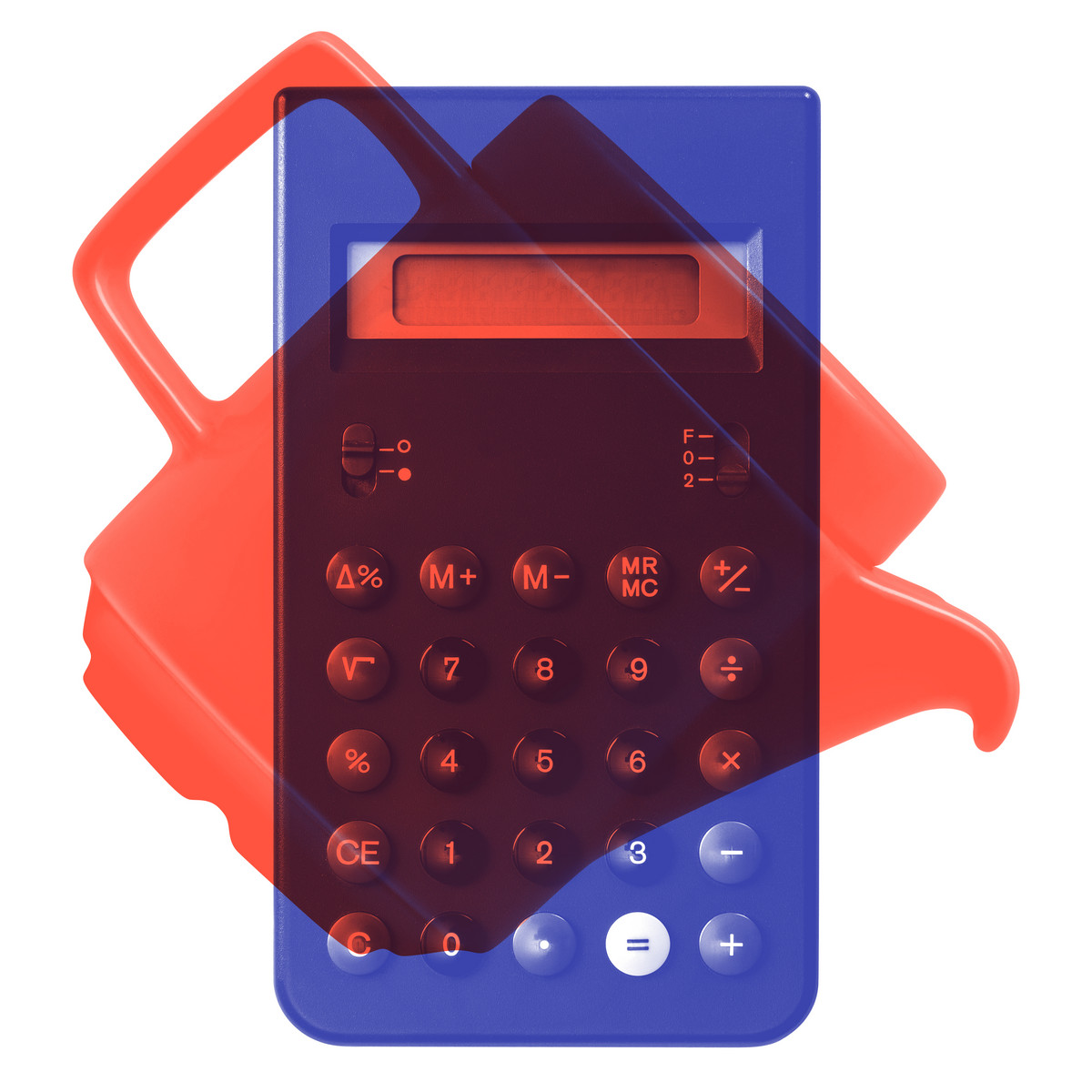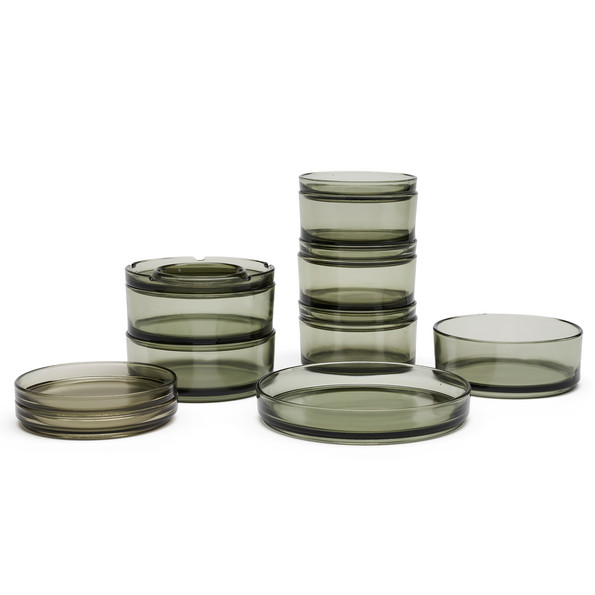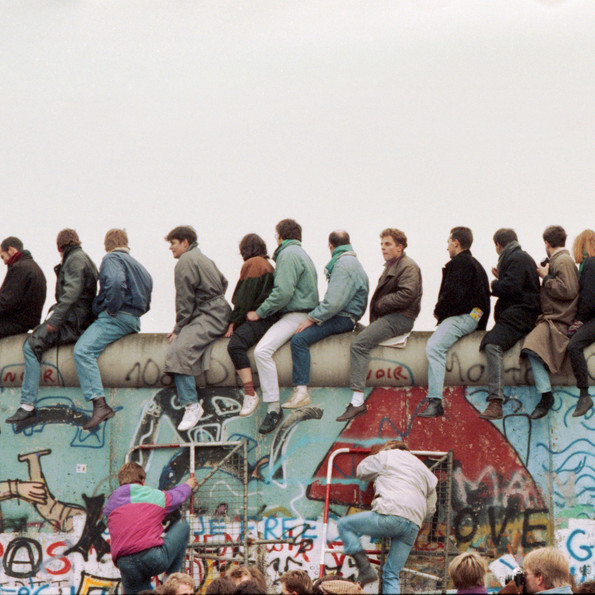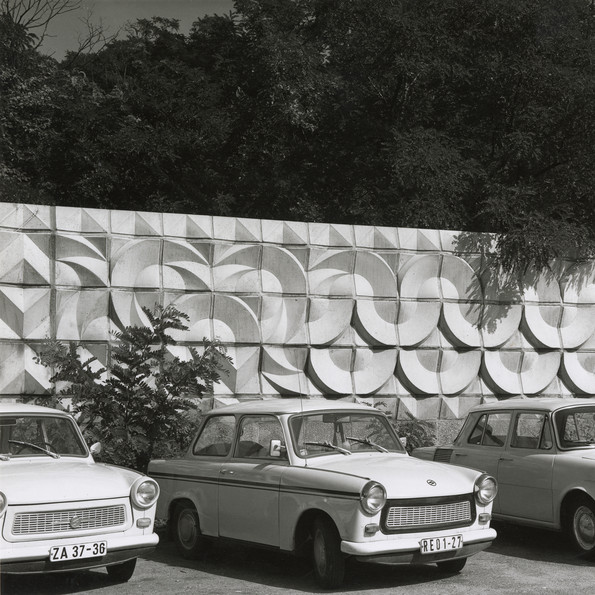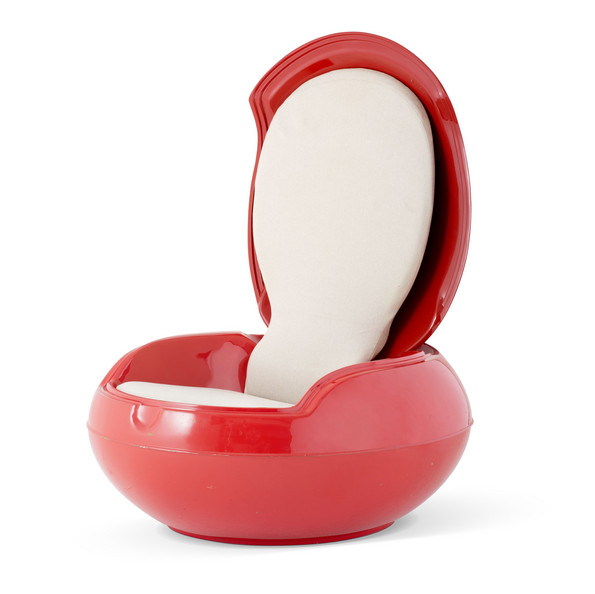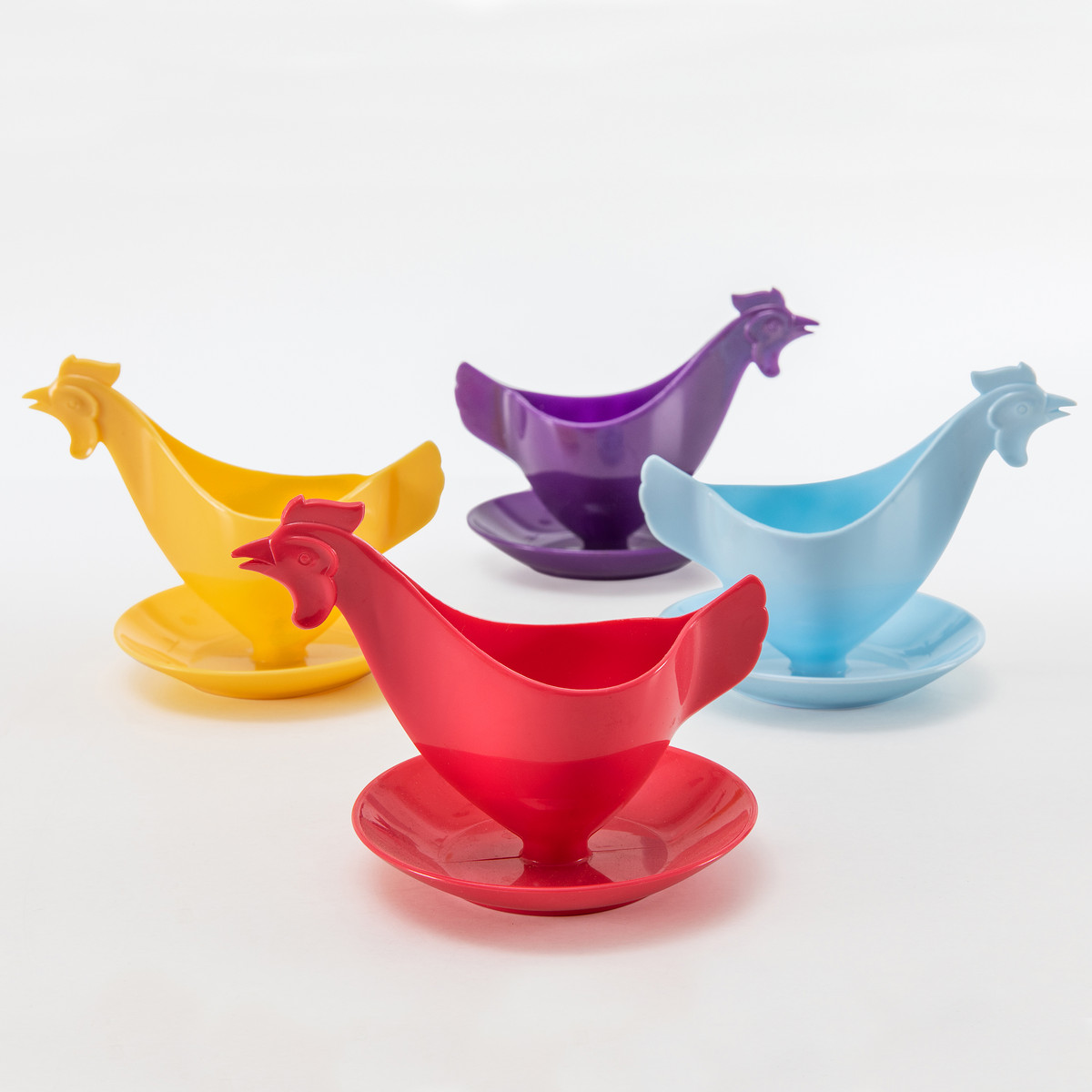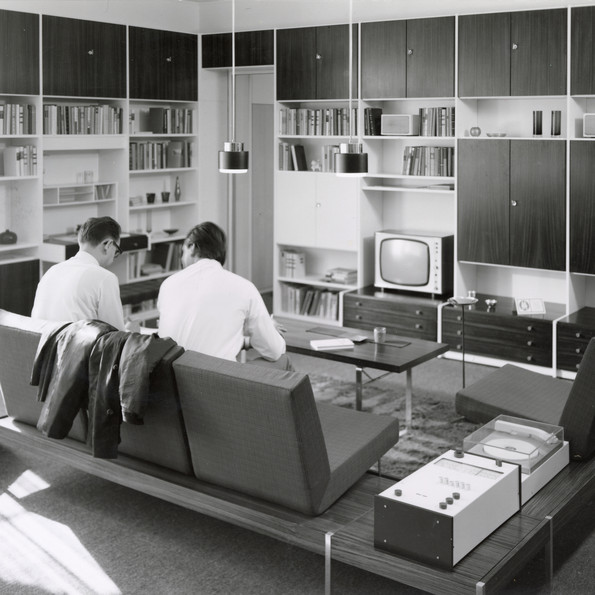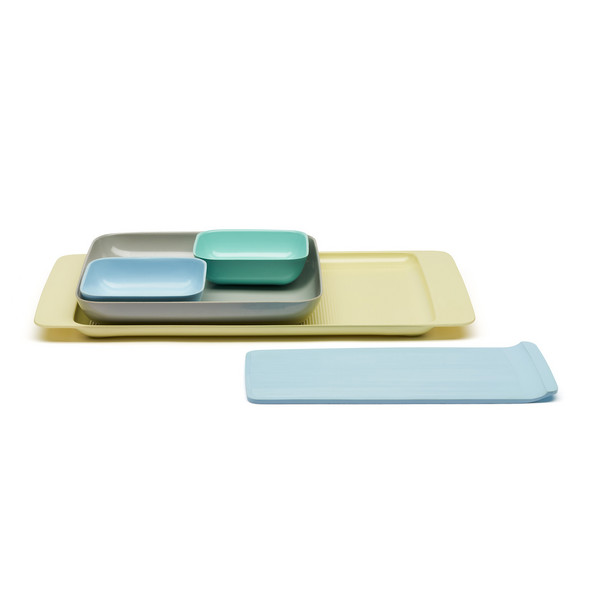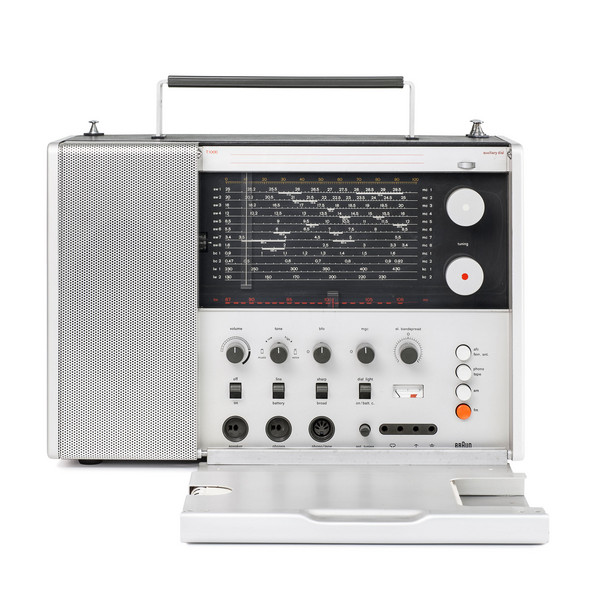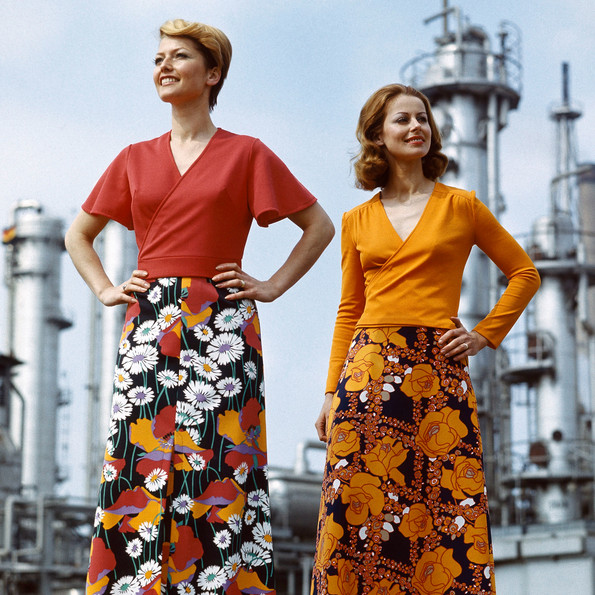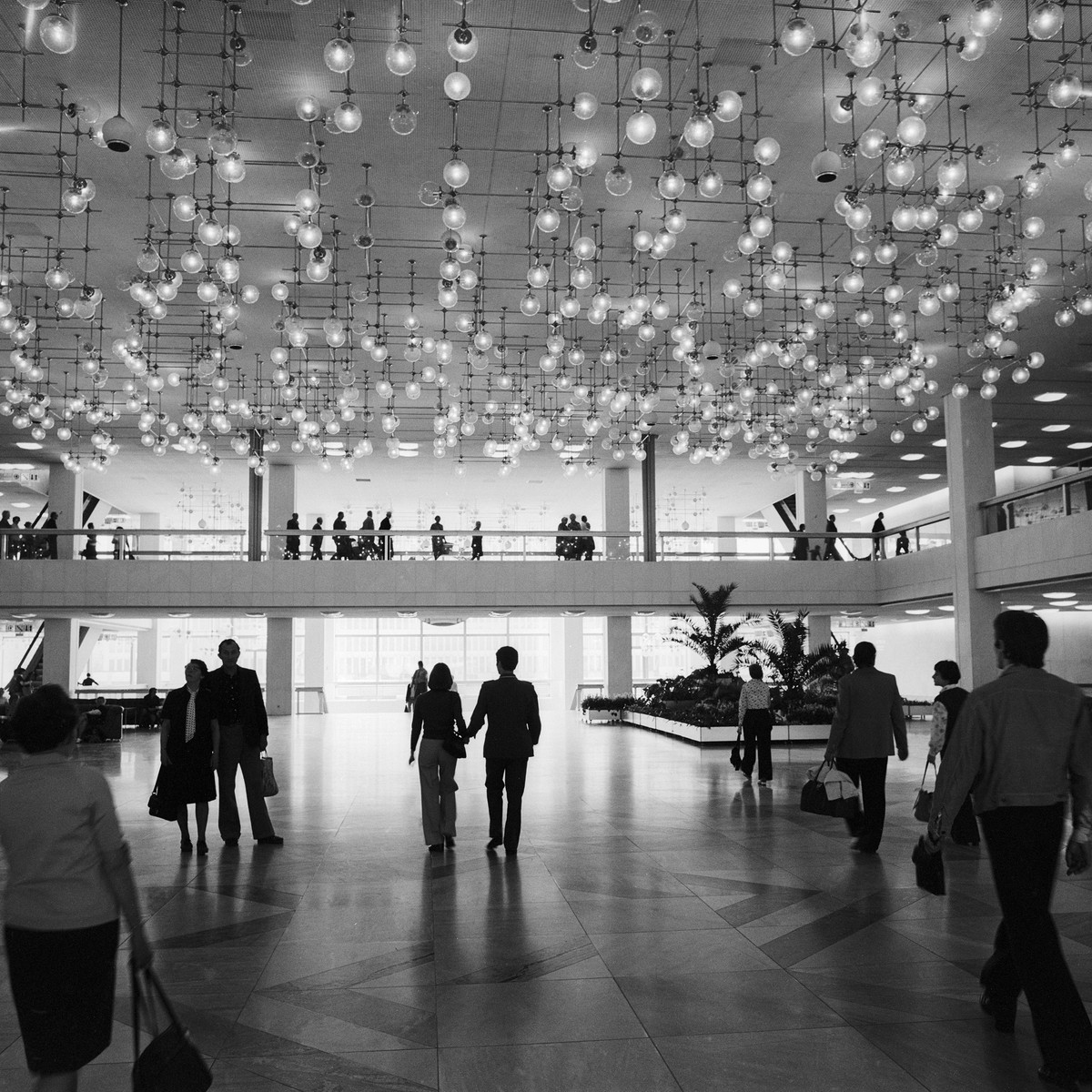German Design 1949–1989
Two Countries, One History
Two Countries, One History
20.03.2021 – 05.09.2021
Vitra Design Museum
An exhibition by the Vitra Design Museum, the Kunstgewerbemuseum, Staatliche Kunstsammlungen Dresden, and the Wüstenrot Foundation.
German design was put on the map in the 1920s by the Bauhaus school and the Werkbund association. After the division of Germany in 1949, design and everyday culture, too, went their separate ways on both sides of the border. In the West, design became a driving force in the »Wirtschaftswunder«, or economic miracle, while in the East it was absorbed into the socialist planned economy. More than thirty years after the fall of the Berlin Wall, the Vitra Design Museum presents the first panoramic overview of post-war design in the two Germanies. From 20 March to 5 September 2021, the exhibition »German Design 1949–1989: Two Countries, One History« will offer a comparative selection of design from East and West Germany and explore ideological and aesthetic differences as well as parallels and interrelations between East and West. Exhibits range from iconic pieces of furniture and lamps to graphic, industrial, and interior design to fashions, textiles, and personal ornaments.
Cheap plastic and shrill colours in the East, cool functionalism in the West – the exhibition breaks with simplistic stereotypes and presents a differentiated view. Legendary automobiles like the »Trabant« (1958) and coveted everyday items like the radio-phono-combo ironically nicknamed »Snow White’s Coffin« (1956) will be on display alongside new discoveries and rare objects such as Luigi Colani’s sculptural loop chair »Poly-COR« (1968). The exhibition introduces important figures including Dieter Rams, Egon Eiermann, Rudolf Horn, and Margarete Jahny while also highlighting the role of design schools and the Bauhaus legacy. Its broad panorama of design from the two Germanies illustrates how closely intertwined design and history, everyday culture and world politics were in Germany during the Cold War period.
It begins in 1949, when the Federal Republic of Germany was founded in the Allied occupation zones and the German Democratic Republic in the Soviet sector. The large-scale housing programmes by which both states sought to accelerate reconstruction led to a rapid rise in demand for consumer goods – from furniture and tableware to electrical appliances and automobiles. In both East and West, several design schools were revived or established in order to train the young designers that industry needed so urgently, not least because design provided an excellent means of projecting a modern and open-minded image.
The two new states sought to establish their identities by designing new coats of arms, currencies, passports, and symbols – right down to the stylized figures in pedestrian crossing signals. At the same time, objects like Peter Ghyczy’s »Garden Egg Chair« (1968) illustrate that the division between East and West Germany was not nearly as strict as it often appears: the futuristic chair was manufactured in almost exactly the same form on both sides of the border.
The construction of the Berlin Wall starting in 1961 finally enforced a hard border. Up until then, a number of companies and designers in East and West Germany had continued to work together; now the rivalry between the two political systems took hold in design, too. In West Germany, design came to be an important factor in a consumer society that coveted the latest furniture and automobiles as status symbols. In East Germany, the design of this era was centrally regulated as part of the socialist planned economy. A separate government office – the Office of Industrial Design – ensured that it supplied the wider population with affordable products while boosting the competitiveness of East German industries. Large-panel system-building made it possible to provide housing on a large scale, which in turn required furniture and interior design concepts.
Thanks to West German Chancellor Willy Brandt’s initiative to normalize relations between the two German states, the 1970s saw a rapprochement between East and West that culminated in the fall of the Berlin Wall in 1989. Design on both sides of the border during this period reflected a growing critical awareness fuelled by events such as the 1973 oil crisis. The East German economy began to decline, but its designers proved inventive. In East Berlin, design and subculture met in a vibrant scene whose output in fashion, photography, ceramics, and decorative accessories expressed a new aesthetic of the everyday that was beyond the reach of industrialized planning.
While West Germany did not emerge unscathed from the economic upheavals of the 1970s, its leadership role in international industrial design remained intact. The Volkswagen Golf, for example, launched in 1974, reflected a growing demand for small, efficient automobiles, and in the early 1980s, Steve Jobs asked Hartmut Esslinger and the German agency frogdesign to design one of the first Apple computers. Political détente gradually led to exchange and collaboration in design, too. Twin exhibitions featuring design from the other Germany took place in East Berlin in 1984/85 and in Stuttgart in 1988.
After the fall of the Berlin Wall in 1989, large parts of East German industrial production were phased out, and many East German household names simply vanished. The exhibition »German Design 1949–1989: Two Countries, One History« compares East and West German design on equal terms and in so doing casts a spotlight on lesser known chapters of German design history. While emphasizing the political significance of design in the Cold War era, the exhibition also reveals the fascinating multiplicity of design styles and attitudes requiring a more differentiated approach than one fixated on ideological differences. The exhibition is the first to address the history of design in East and West Germany as a shared history – one marked by contrast and clashes, but also by sharing and connecting.
The exhibition will be accompanied by an extensive publication.
#VDMGermanDesign
#VitraDesignMuseum
The exhibition and its international tour are supported by the Federal Foreign Office.

